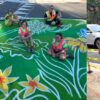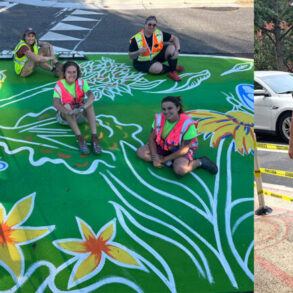British artist Tacita Dean started to draw clouds after moving from Berlin to Los Angeles a decade ago. “LA made clouds a reality for me. I became a sky-watcher,” she says over the phone from Berlin, where she now spends half her time. “The clouds were so different from British clouds. They’re about wind and not about rain. They kept the most incredible light.” She began using white chalk on blackboard to draw the forms as they moved across the sky.
In the years since, clouds have become a motif in her work; she has exhibited found postcards showing blustery clouds that she overpainted with scenes from LA. In her sublime 2019 film A Cloud makes itself, she captured the formation and dissolution of a single cloud. “On certain days, with the right level of wind and moisture, you suddenly see a cloud born in the sky,” she says. “It’s so incredibly moving. You see it just grow, grow, grow, and then unmake itself.”

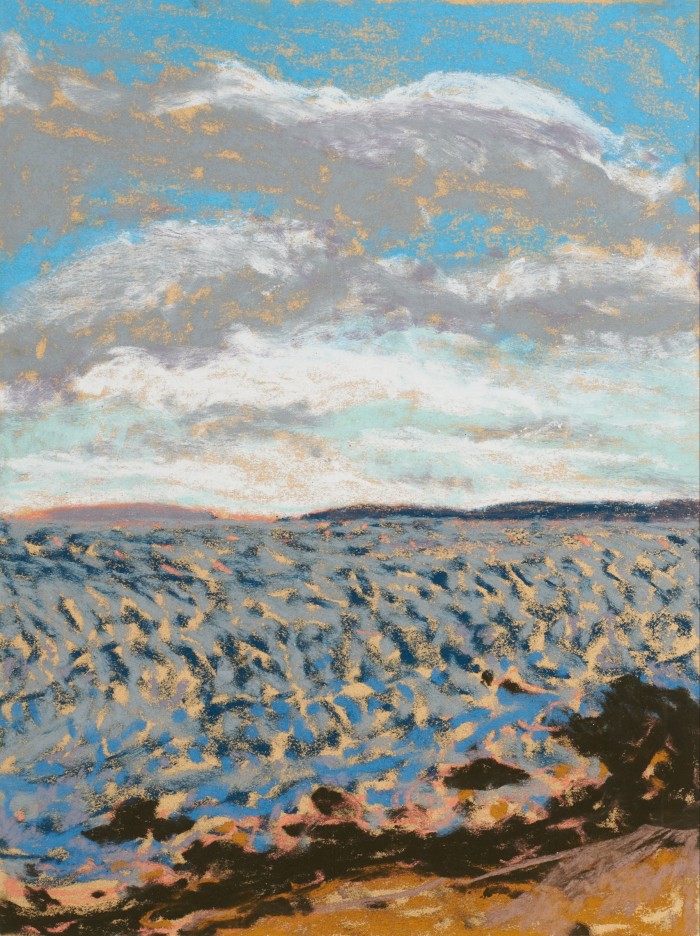



Dean, who is exhibiting some of her original blackboard drawings as part of her retrospective at Ohio’s Columbus Museum of Art in October, is one of a growing number of artists who have been drawn to the meditative act of sky-watching. Over the coming months, you can see Ash Roberts’ puffy, picture-book cumulus clouds in a show with François Ghebaly in LA, Nicole Wittenberg’s glowing pastel paintings of Maine’s stormy skies at the Center for Maine Contemporary Art and in a Phaidon monograph, and Petra Cortright’s layered geometric paintings at Art Basel. Trisha Baga, who paints sci-fi skyscapes, is exhibiting at Société Berlin, Leila Bartell is showing her moody chiaroscuro clouds at Tristan Hoare in London and Rebecca Partridge’s dreamy, close-up watercolours are at Abbot Hall in Cumbria, in an exhibition marking the 250th anniversary of JMW Turner’s birth.
“I think that the clouds are a good metaphor for the current climate of the planet, the uncertainty surrounding it and how it’s all seeped into our collective consciousness,” says Roberts, who works from LA. British artist Lewis Brander sees them as possessing a “universal” quality that is particularly relevant. To others, they serve as embodiments of the delicacy and ephemerality of the natural world.
Like Dean, Partridge is inspired by paying close attention to the natural world in her paintings. Her interest began when she left London for a residency at The Josef and Anni Albers Foundation in Connecticut and subsequently visited the Mojave Desert in California, where she began watching the enormous expanse of sky during dawn and dusk. She started to paint clouds as if seen from up close by layering dozens of coats of watercolour over time. “I want the works to connect us with an embodied experience of being in the landscape, something very in the moment, present,” she says. “Perhaps something akin to a meditative experience.”
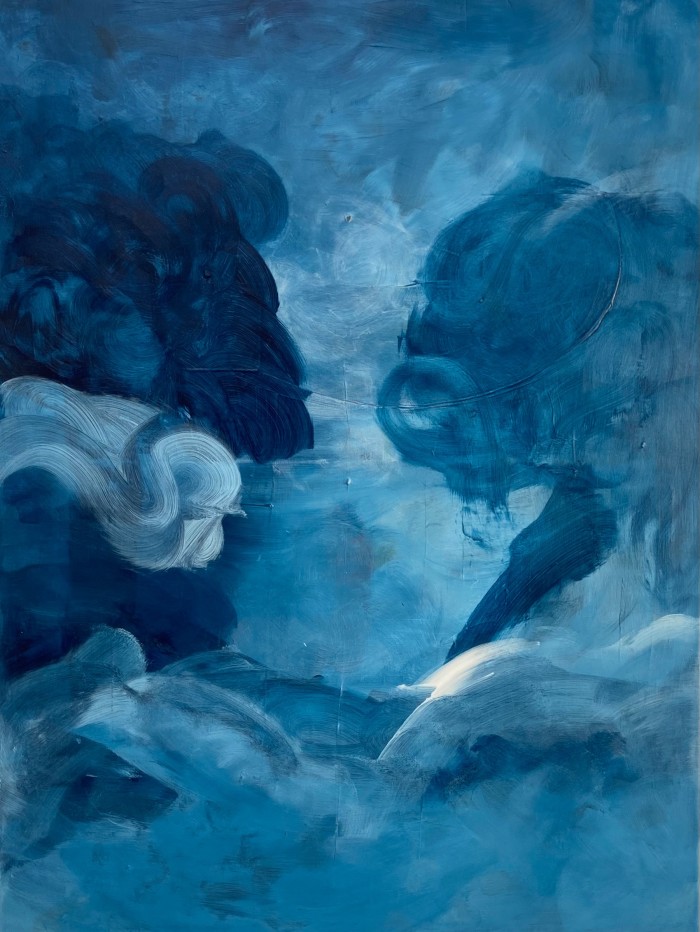



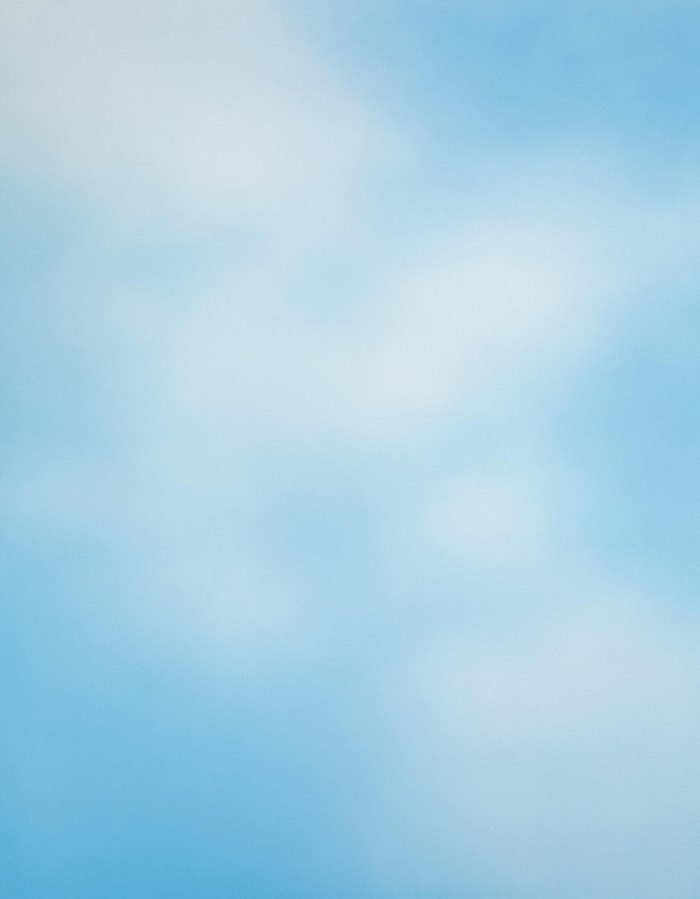



It was a similar impulse that moved the romantic painters to make studies of wispy cirrus and fluffy cumulus clouds in the 18th and 19th centuries. John Constable’s dramatic oils of clouds rolling over Hampstead Heath, of which he completed more than 100, were part of his exploration of the idea that the sky is “the chief organ of sentiment”, as he wrote to a friend. JMW Turner’s paintings of the skies became gradually more expressive as he grew more interested in the luminous quality of sunlight. Gerhard Richter’s paintings of light breaking through cloud, made in the late ’60s and ’70s, follow in the same lineage.
Today they allow artists to work within the lesser-explored space between abstraction and figuration. Lewis Brander started painting them while living in the Holargos suburb of Athens, from where he would walk and watch the sun set over Hymettus mountain through a haze of smoggy city air. He began to paint sections of sky in shades of rust, turquoise and apricot, with the clouds blurring almost to abstraction. Having moved back to east London, the area in which his maternal ancestors settled after leaving eastern Europe as refugees in 1921, he has continued to paint the skies; these paintings comprise his forthcoming solo show at Vardaxoglou Gallery in London (from £8,000). “Clouds, for me, are a vehicle to explore abstraction,” he says. “What I love about abstract painting is it goes beyond words. In theory, a Rothko could be hung in a mosque or a synagogue. There are no idols being depicted.”
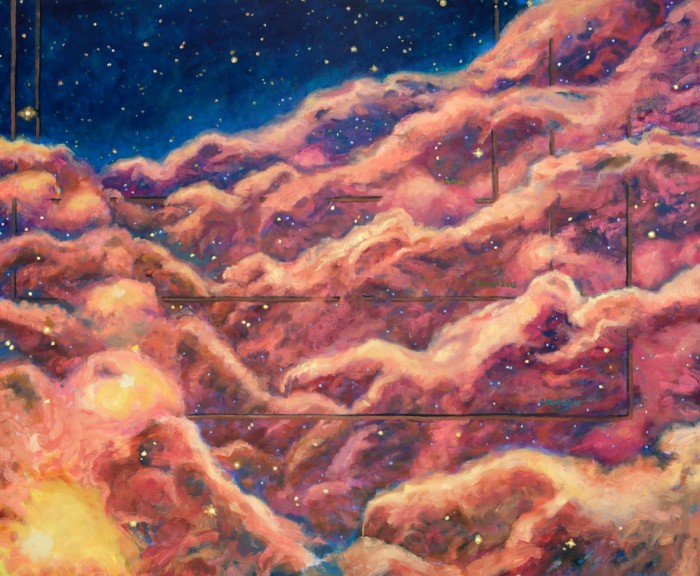



“Clouds are not tied to a place,” says Australian artist Thomas Jeppe of his fascination. “They apply to everyone, everywhere, all the time.” He started making paintings from news images, but elided any obvious clues as to what the stories were about. His resulting Tumult series is almost drained of colour, using deep grey and smoky yellow or blue accents (from €5,000). “I was drawn to the fact that it all happens under the same sky,” he says.
Roberts’ delicate white puffballs, which she suspends in silver or golden skies, suggest a transient moment of serenity (and have been highly sought after, with collectors including tennis player Milos Raonic and Sophie Ashby’s design studio). Roberts is interested, she says, in “the ephemeral things in nature: the fleeting experiences that only last a certain time. A cloud only holds a certain contour for a brief moment, so it’s a metaphor in nature that has drawn me in.”
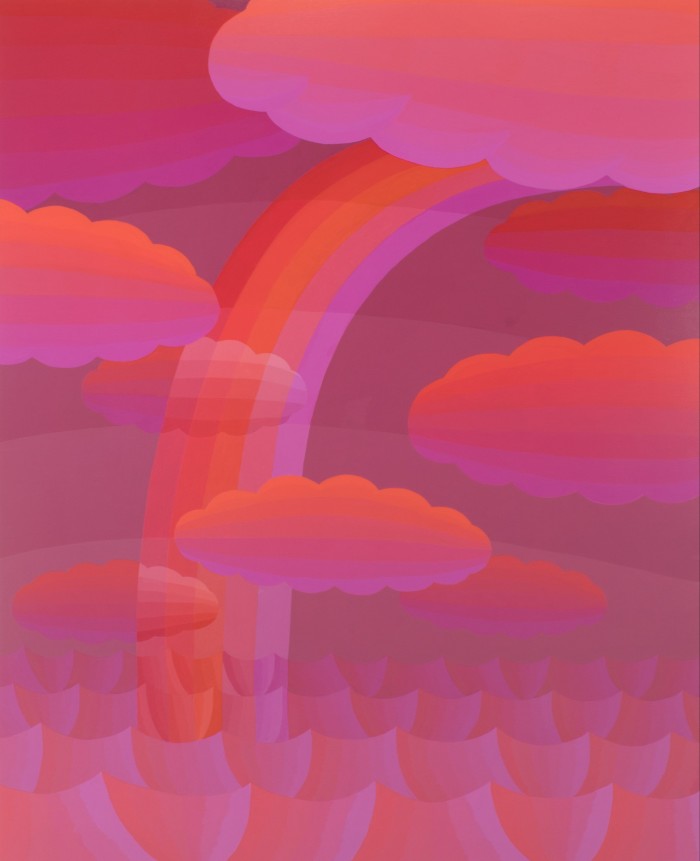







New York-based painter Amy Lincoln, meanwhile, paints graphic, brightly coloured clouds that seem to emit light (some of which are being exhibited at Taymour Grahne’s new space in Dubai later this year, from $6,000). The motif emerged from works focusing on naïve-style flora and foliage, and American folk art. Cloud can “reflect light or refract light or obscure light. It’s immaterial,” she says. Stylised clouds are also an ongoing motif in work by Anne Neukamp, as seen at Art Brussels in April. In her paintings, clouds become graphic, almost solid, like fast-track symbols for nature.
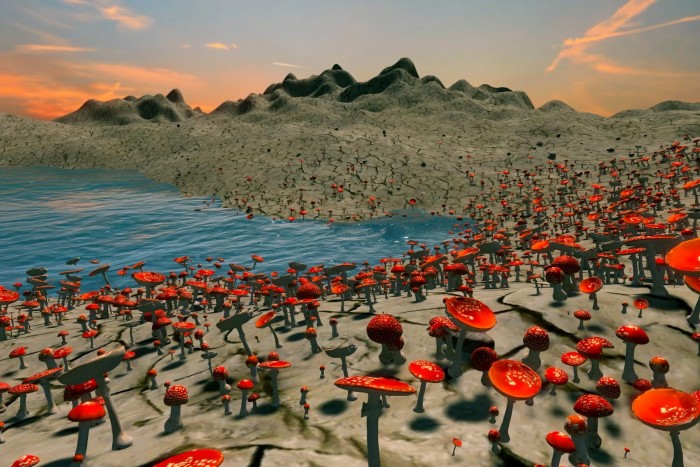



They are also emerging in a digital art space. LA-based artist Petra Cortright’s wet sunlight Paradis “pomme de terre” 3D (2024), presented in the window of Mayfair’s Time & Life building by Chanel Culture Fund last summer, took the form of a computer-generated landscape populated by butterflies, mushrooms and clouds. The “camera view” moves through the dreamlike environment, one moment imitating the sensation of turbulence and the next pausing to offer the viewer a moment of relief in the sunset. Despite its trippy, algorithmic texture, there is something sublime about the work. Indeed, Cortright has described herself as a “defender of beauty and simplicity”.
Which seems an apt description of what each of these artists is seeking. It brings to mind the US writer Ralph Waldo Emerson, who wrote his essay Nature around the time that Constable and Turner were painting their studies of the heavens. It was there he described the goodness and simplicity of the sky: “the daily bread of the eyes”.
This post was originally published on this site be sure to check out more of their content


